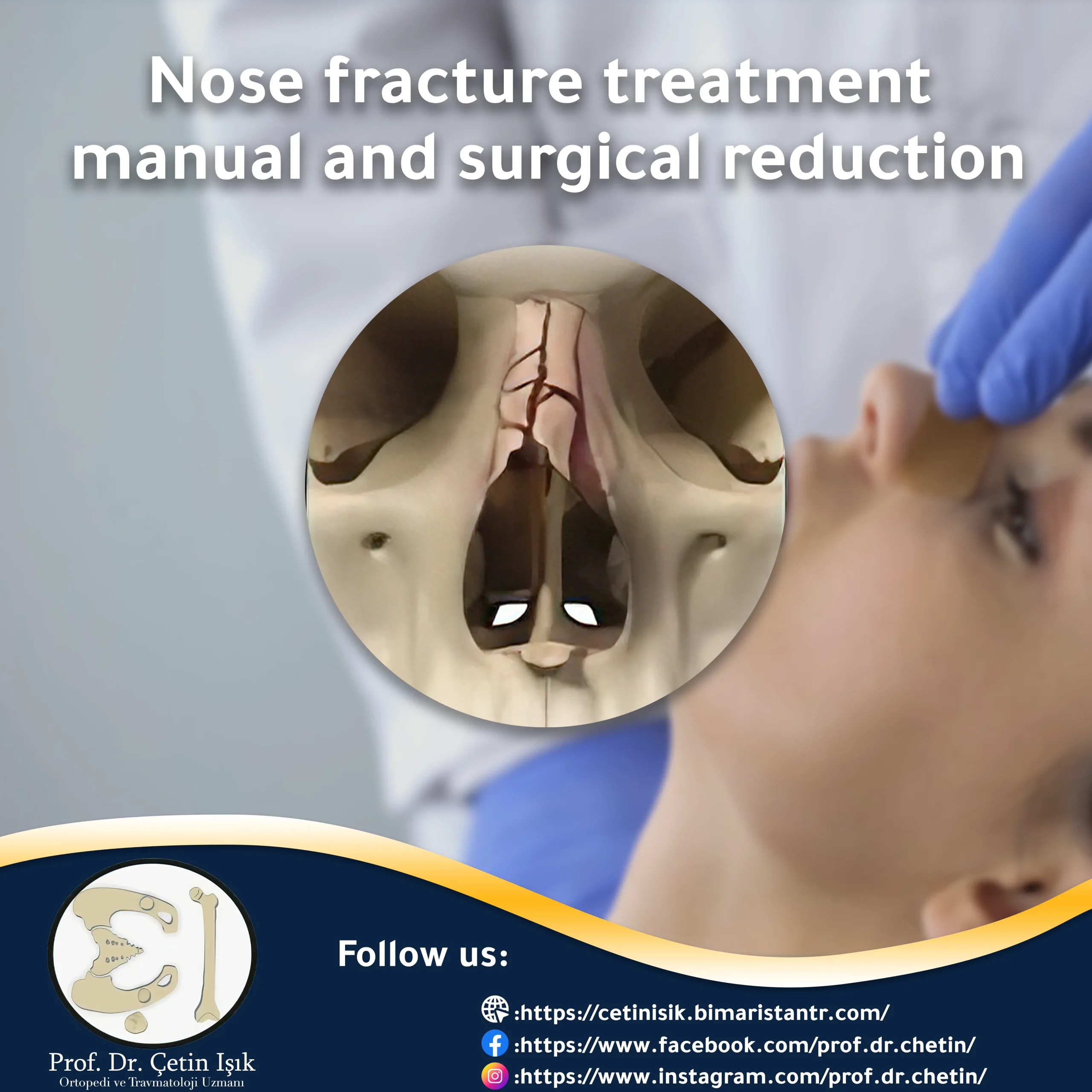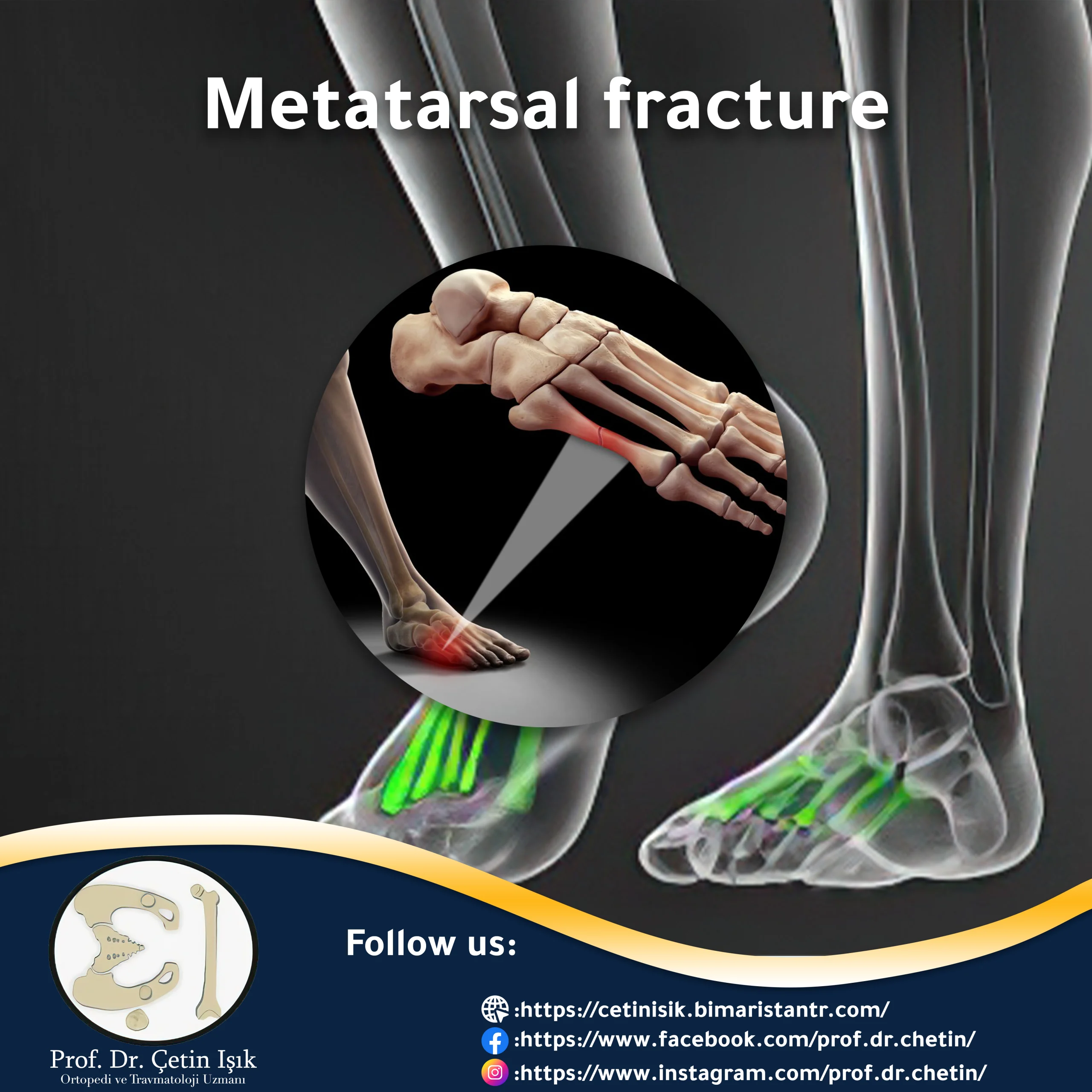Treatment for a broken nose varies according to the severity of the injury. It can be limited to rest at home and painkillers, and its treatment may require a closed or open reduction (nose fracture surgery).
The treatment of nose fracture is distinguished from the rest of the facial fractures in that the distinctive characteristics of the nose fracture must be considered. The nasal bone fracture is regarded as one of the most common facial bone fractures because it is the prominent part of the face, so the nose is often exposed to fracture to form 40-50 % of facial fractures.
It is essential to know the methods of treating a broken nose, especially the procedures that the patient can take to avoid some serious complications that may occur when ignoring the treatment of a broken nose.
Profile of a broken nose
Nose fracture nasal fracture Or the so-called fracture of the nostrils or fracture of the nostrils is the most common facial fractures. Treatment for a broken nose varies according to the severity of the damage, ranging from simple rest and painkillers to the need for surgery.
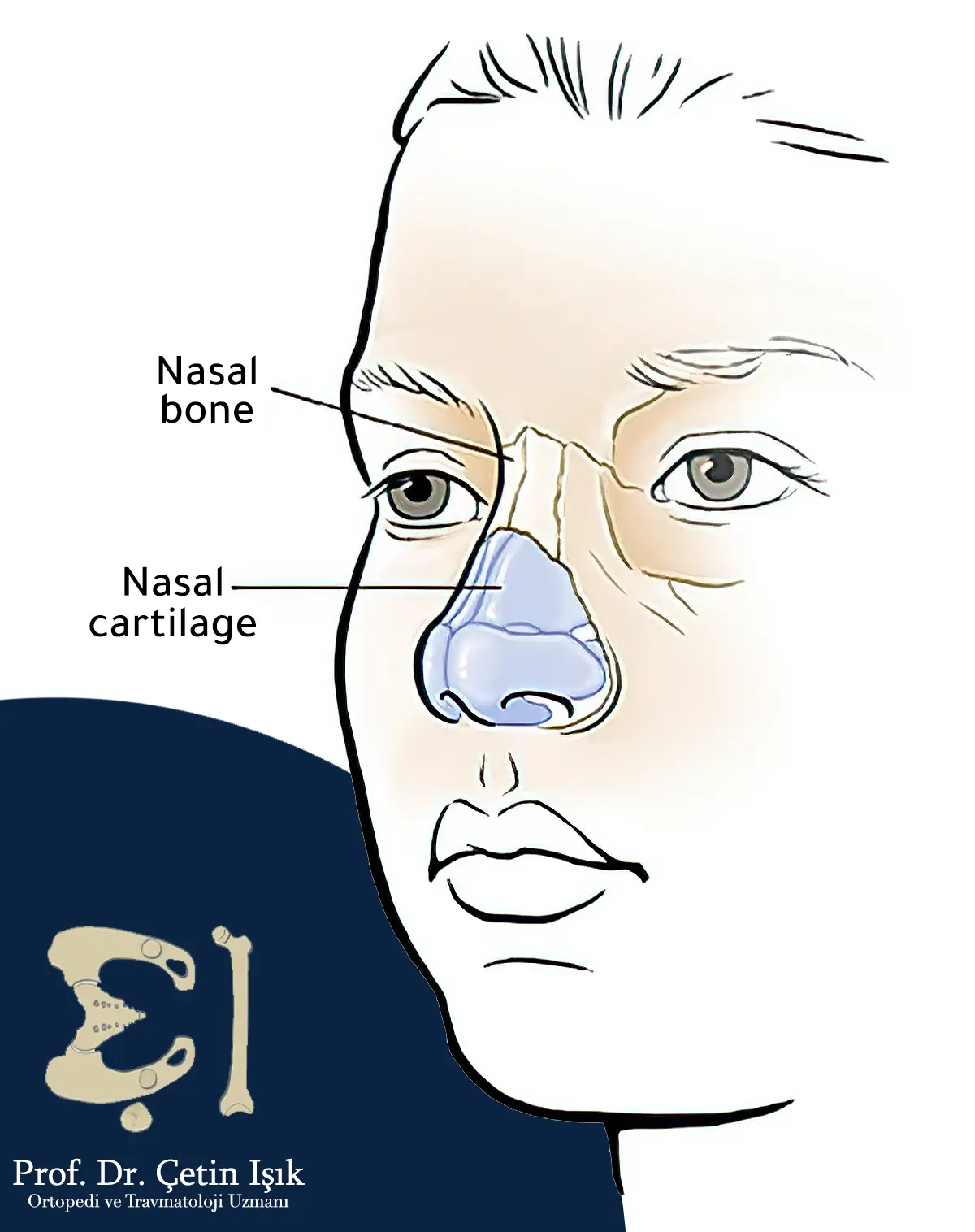
can Broken nose treatment By manual (closed) or surgical (open) reduction, depending on the severity of the injury and the doctor’s assessment of the broken nose. It has become necessary to know the different methods of treating a broken nose due to its frequent occurrence at present as a result of the increase in accidents and falls and physical contact sports (such as boxing). One of the most important causes of a broken nose.
When is a broken nose treated?
A broken nose should be treated if any of the following symptoms of a broken nose appear:
- Pain - especially nose pain that lasts more than three days
- Hearing a popping sound when touching the broken nose
- Swelling of the nose and surrounding area
- Bruising around your nose or eyes
- Feeling of stuffiness in the nose
- Difficulty breathing through the nose
- Nosebleeds (epistaxis), especially persistent bleeding
- Clear fluid coming out of the nose, which is cerebrospinal fluid
- Deformation of the shape of the nose
The release of cerebrospinal fluid from the nose is a dangerous sign because it indicates a stroke. Fracture at the base of the skull It may lead to brain infections.
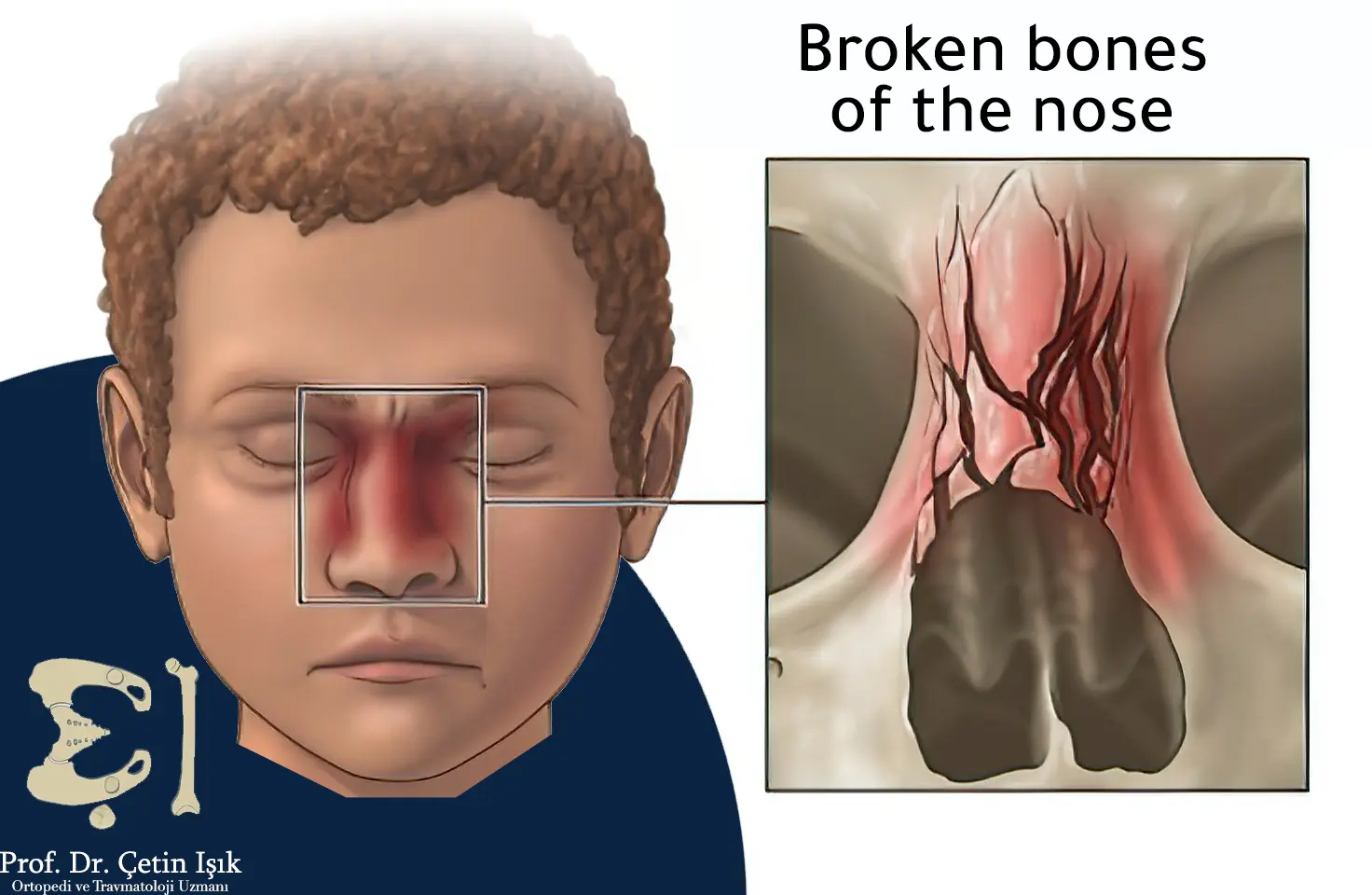
Why should a broken nose be treated?
Nasal bone fracture treatment It is very important because there are many complications that may occur when suffering from a broken nose. These complications include:
- Deviated nasal septum: A fracture of the nasal bone may cause a deviation of the septum that separates the nostrils, which usually leads to narrowing of the nasal passage and thus difficulty in breathing, so it must be repaired to open the air passage and maintain breathing.
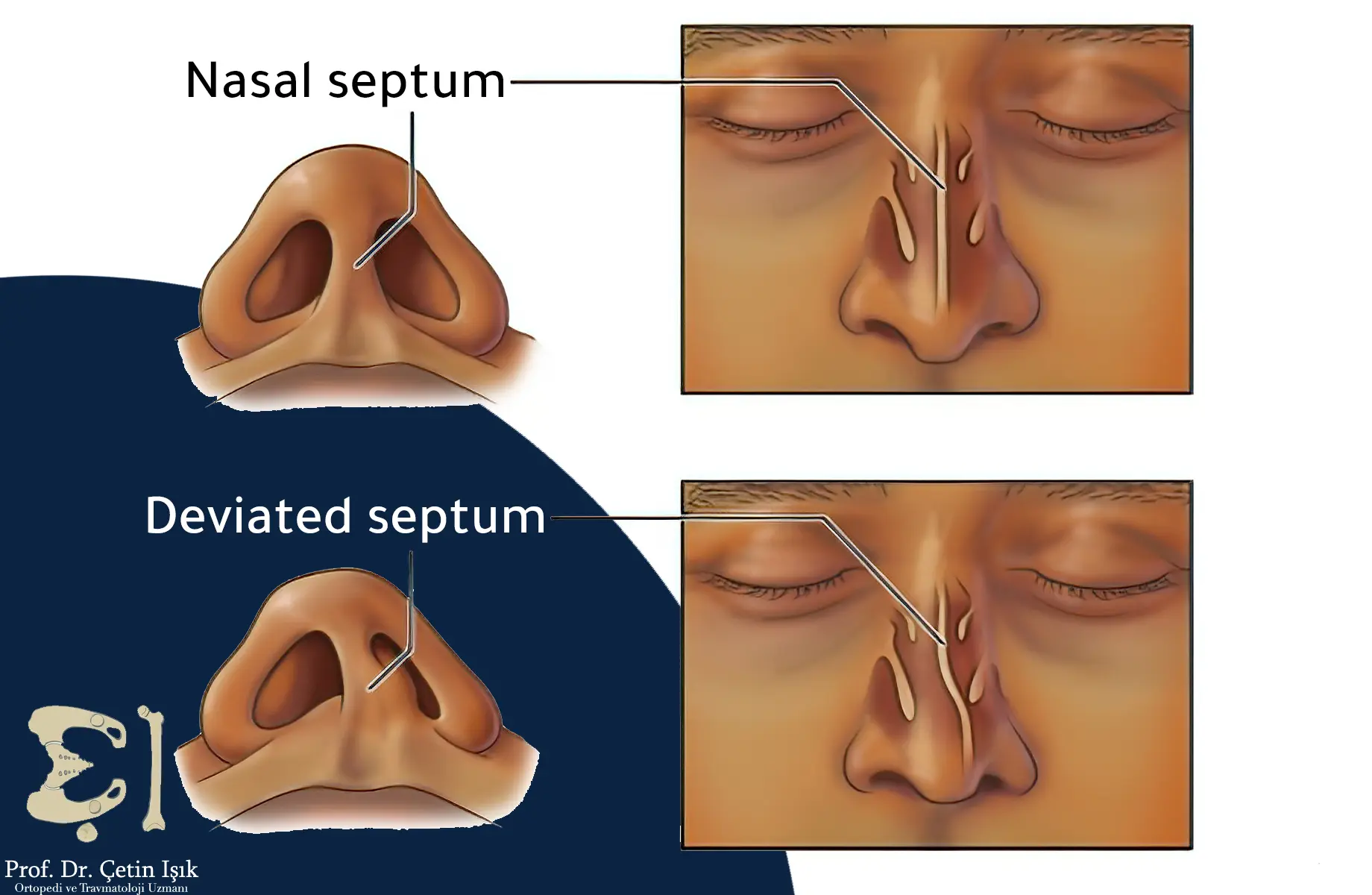
- A hematoma formed on the nasal septum: it is the occurrence of blood gathering as a result of nasal fractures, and this tumor affects the cartilage under it by pressing on it and thus leads to its necrosis, which may lead to its perforation, and in this case, it is necessary to resort to draining the tumor as soon as possible.
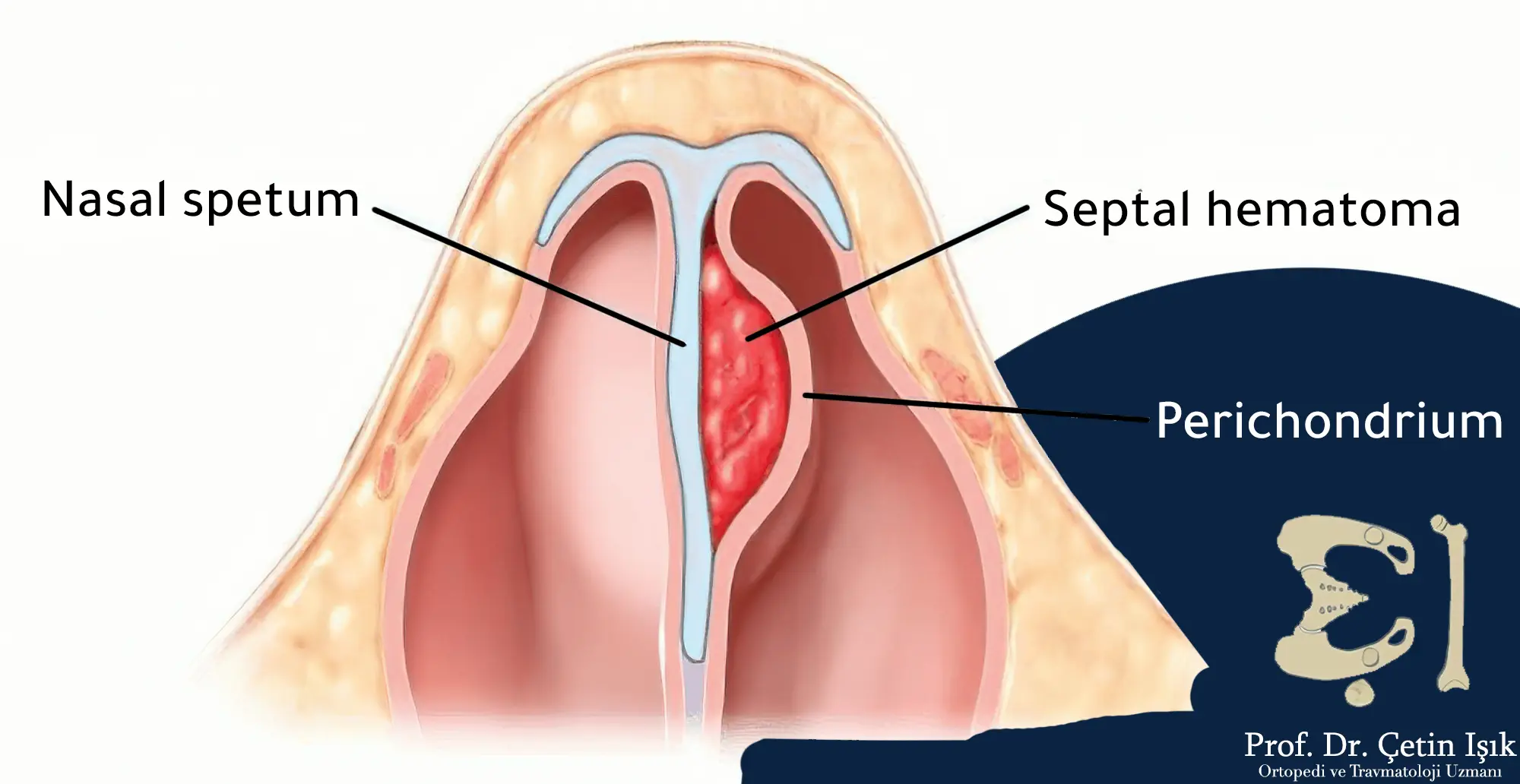
- Fracture of the cartilage of the nose: A severe injury, such as a car accident, may lead to a fracture of the cartilage of the nose, which may require surgical repair.
The treatment of a broken nose depends on assessing the severity of the damage that occurred through a medical examination that the doctor performs to assess the damage. It checks the patient's ability to breathe and detects a hematoma if it occurs.
Treatment of a broken nose in mild injuries
They are injuries that do not lead to deformation or change in the nose's appearance, and conservative treatment without surgery is the preferred treatment method in this case.
Conservative treatment is limited to treating the patient's symptoms by placing ice packs on the nose to reduce swelling, resting, and taking pain relievers. The patient may be asked to raise his head during sleep to reduce swelling.
In the event of a nosebleed, the patient must bend forward and tampon if severe bleeding occurs. A hematoma may form due to the blood pooling, which is treated by puncture with a needle, but some cases require an incision, draining, and suturing of the tumor to ensure that the tumor is not re-formed.

If a clear, watery fluid comes out of the nose (cerebrospinal fluid). Tamponade should be avoided because it may lead to serious complications (such as meningitis), and in this case, we ask the patient to rest in bed with the head raised 30 degrees to reduce fluid leakage.
Treatment of a broken nose in severe injuries
Severe injuries are those that lead to deformation of the nose and require a closed (manual) or open (surgical) reduction, depending on the doctor's assessment of the damage and the choice of the best procedure for the case.
Nose fracture treatment by manual reduction
It is to manually restore the nasal bones to their normal position without surgery. Closed reduction is the preferred treatment procedure, even in cases that require surgery, because it facilitates the surgery later.
The golden period for treating a broken nose through closed reduction is 7-10 days after the fracture. This is until the swelling subsides, but the reduction should not be delayed for more than two weeks because the broken bones will fuse and become fixed in their abnormal position, and thus restoring the nasal bones to their normal position becomes more difficult.
Closed reduction can be performed in cases of a unilateral or bilateral fracture of the lateral part of the nose. It is also performed in cases of a nasal septum fracture with a deviation of less than half its width.
Closed reduction can be performed under local or general anesthesia, depending on the doctor’s assessment of the patient and the damage caused. Closed reduction usually takes approximately 15-20 minutes.
Closed reduction mechanism
The basic principle of closed reduction is to apply a force against the direction of the fracture to reduce it. In the case of a lateral fracture, the elevator is placed in the nasal cavity of the affected side, and a finger is placed along the contralateral healthy side. The fracture is straightened by the tool.
Closed fracture reduction can be performed by inserting Walsham forceps into the nasal cavity and rotating it laterally to press the fractured bone outward.
As for central fractures, the frontal processes of the upper jaw may be displaced laterally due to the fracture, and in this case, the nasal bone is raised anteriorly using an elevator to return the frontal processes to their normal position in the middle by pressing on it with the thumb and forefinger, then the nasal bone is replaced.
A splint is placed over the nose for a week to stabilize the nasal bone.
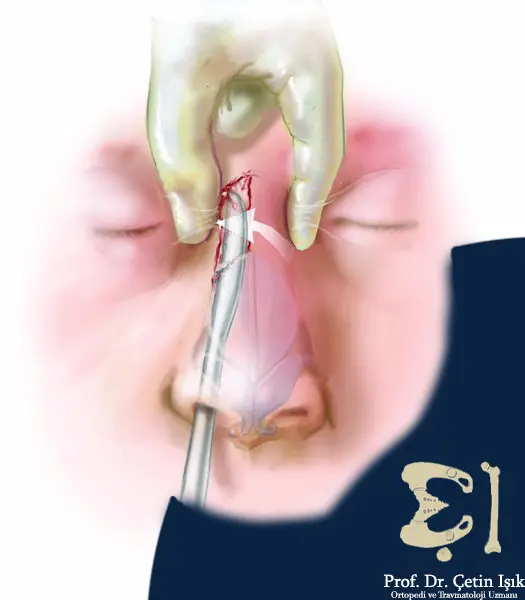
Nose fracture treatment by surgical reduction
It is to return the nasal bones to their normal position by performing a surgical operation, which is called. Nose fracture surgeryThis treatment includes fractures that cannot be treated with closed reduction (such as a comminuted fracture) or when airway obstruction occurs after closed reduction. It is also performed in the case of a late diagnosis of a broken nose (more than two weeks) where the bones have healed, and it is difficult to restore them using closed reduction.
An open reduction can be performed at any time, but it is better to postpone an open reduction for 1-3 weeks until the swelling of the nose subsides and the bruising around it subsides.
Preparing for surgery
Patients are prepared for the nose fracture operation by conducting some laboratory tests (complete blood count - coagulation time) and stopping taking blood thinners (such as aspirin) for two weeks before and two weeks after the operation to reduce nosebleeds. Smoking should also be stopped, and food should be stopped 8 hours before surgery.
Nose fracture surgery
Nose fracture is treated surgically through septoplasty or rhinoplasty:
Septoplasty
This operation is performed when the nasal septum is broken, and it is done by making an incision inside the nostril and lifting the lining covering the septum. The bones and cartilage are reorganized, and the deviated septum is shifted to the middle as much as possible.
This operation is performed under local or general anesthesia, and it takes approximately 1-1.5 hours, depending on the degree of nasal obstruction.
Rhinoplasty
Nose fracture surgery can be performed through the nostril or a small external incision at the base between the nostrils, and the bones and cartilage in the nose are realigned. If needed, the doctor may perform a bone or cartilage graft by taking bones from other body parts to compensate for the deficiency.
Nose fracture surgery is performed under local or general anesthesia and takes approximately 1.5-3 hours.
Prevention of surgical complications
The patient suffers from pain after nose surgery; bleeding and congestion may occur due to the surgical operation, and prevention is done by resting in bed and raising the head 30 degrees when sleeping or lying down.
It is also possible to take painkillers prescribed by the doctor when feeling pain and put cold compresses on the nose to relieve congestion. These symptoms usually disappear within two weeks of surgery.
The patient should avoid pressure on the nose, not be exposed to the sun for a long time, and that daily activity should be resumed two days after the surgery, but contact sports should be avoided for at least 3-6 weeks.
At the end of the article, it can be said that the treatment of a broken nose varies according to the severity of the injury. In mild injuries, treatment is limited to rest and pain relievers, but severe injuries must be treated with a closed or open response, according to the doctor’s assessment of the nature and severity of the injury and the time of its occurrence.
Sources:
Common questions
The recovery time for a nasal fracture is approximately 3-6 weeks.
Nose swelling subsides after about 5-10 days.
The risk of a broken nose can be reduced by wearing a seat belt while driving, wearing a helmet when riding a bike, and wearing a face mask when playing contact sports.
The broken nose can heal on its own if it does not affect the ability to breathe. Still, the patient must be aware of the cosmetic deformity that he will suffer from and the nasal obstruction that may result from healing.
It can be known that the appearance breaks the nose of symptoms of a broken nose, such as pain in the nose, swelling of the nose area, bleeding, and bruising around the nose and eyes.


